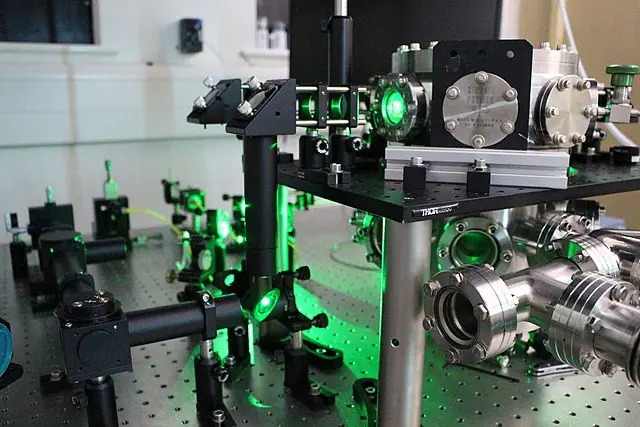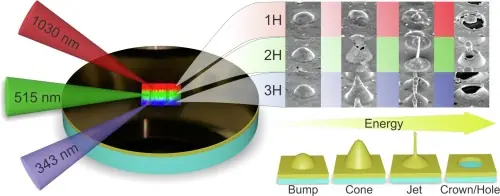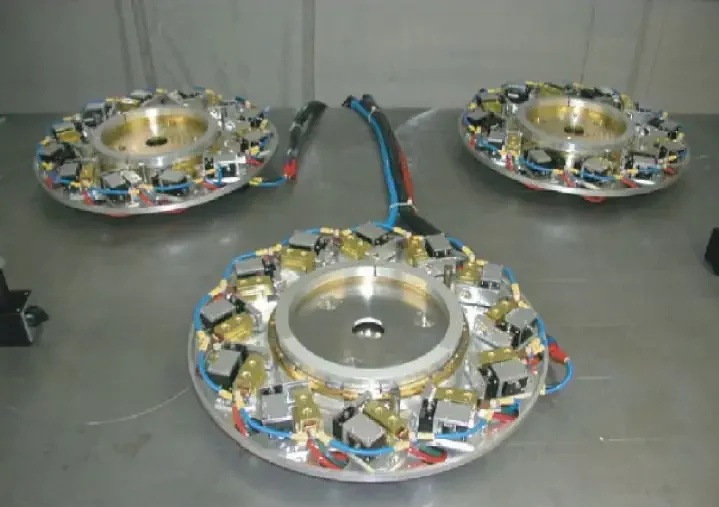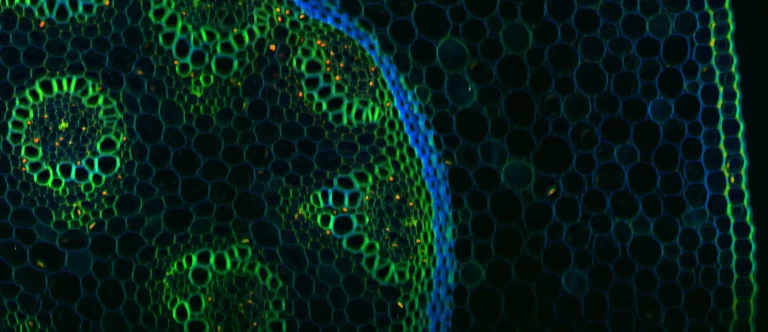Optical Tweezers: what are they and how do they work?

Optical tweezers, also known as laser tweezers, are a type of scientific instrument used to manipulate and study small objects, typically in the range of micrometers to nanometers. They use the properties of light to hold and move objects through the manipulation of the radiation pressure and gradient forces of a laser beam.
Optical tweezers were first introduced in 1986 by Steven Chu, who later won the Nobel Prize in Physics for this work. Since then, they have become an essential tool in the fields of biology, physics, and engineering, allowing researchers to study and manipulate small objects with unprecedented precision and control.
The basic principle behind optical tweezers is simple. A laser beam is focused through a microscope onto a small object, such as a cell or particle. The light from the laser exerts a force on the object due to its radiation pressure, which is proportional to the intensity of the light. By manipulating the intensity of the laser beam, the object can be moved and held in place.
In addition to the radiation pressure, optical tweezers also make use of gradient forces. These forces arise due to the fact that the intensity of a laser beam decreases with distance from the focus. This results in a force that pushes the object towards the center of the beam, where the intensity is highest.
Optical tweezers can be used to study a wide range of phenomena, including the mechanical properties of cells and the behavior of individual molecules. They have also been used to study the movement of bacteria, viruses, and other small objects, as well as to manipulate nanoscale objects for applications in fields such as nanotechnology and quantum computing.
One of the main advantages of optical tweezers is their ability to manipulate objects with minimal damage. Because they use light rather than physical contact, they do not cause any mechanical stress or damage to the objects being studied. This makes them particularly useful for studying delicate biological samples, such as cells and proteins.
Optical tweezers are also highly precise, with the ability to manipulate objects at the nanoscale. They can be used to move objects with sub-nanometer precision, allowing researchers to study and manipulate objects at the molecular level.
In conclusion, optical tweezers are a powerful scientific tool that allows researchers to study and manipulate small objects with precision and control. They have a wide range of applications, from studying the mechanical properties of cells to manipulating nanoscale objects for applications in fields such as nanotechnology and quantum computing. Their ability to manipulate objects with minimal damage and at the nanoscale makes them an essential tool for researchers in a variety of fields.






